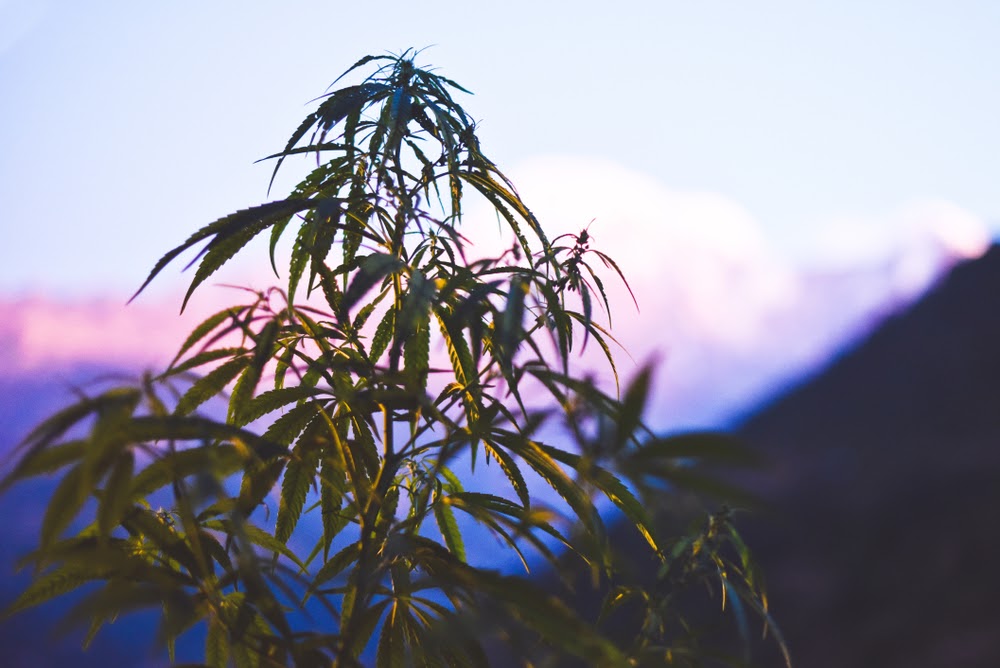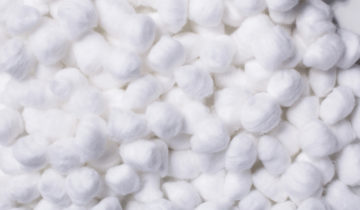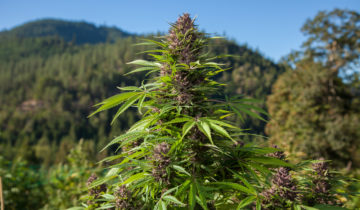Landrace strains are the forefathers and progenitors of modern-day cannabis. With cannabis legalization becoming enacted in and increasing number of countries, more and more new strains are becoming available to the general public. Global cultivators are taking the initiative to crossbreed new varieties that improve upon the old, but this wouldn’t be possible without the power of landrace strains.
The current offering of strains in the cannabis community is vast, to put it simply. New strains are being cultivated everyday but if you were to ask any cannabis purist, they’d tell you that none of these compare to the original seed – the first breath of cannabis – the landrace strain.
Long before we mastered the science of crossbreeding, landrace strains provided us with the genetic basis for every strain that we enjoy today.
Let’s dive in and explore why landrace strains are so important and why they remain relevant even today.
Landrace Strain – What Are They?

Landrace strains are varieties of the Cannabis Sativa plant that are endemic and grow naturally in only specific areas around the world. These strains have evolved over thousands of years to adapt to the climatic conditions of its environment in order to grow and thrive naturally.
When it comes to genetics, there’s nothing that can outclass landrace strains. Similar to grapes used in wine making, these varietals are pure and contain nothing but their original genetic composition. In essence, these are to cannabis like Chardonnay and Malbec are to wine. There’s no cross-breeding or cross-cultivation – just pure, landrace genetics.
Many cannabis enthusiasts consider these strains to be ‘feral’ in the sense that they grow wild in their environment and don’t require any external human input to thrive. In a different sense, some landrace strains can also be considered ‘feral’ due to the fact that their original seeds have been dropped, planted and grown elsewhere and have now adapted to their new environment over an incredibly long period of time, forming a new kind of strain that’s completely different from the original strain.
Like wine varieties, the environment surrounding these strains are vital. The microclimate that they grow in, the humidity of the climate and even the quality of the soil all heavily impact the makeup of landrace strains.
You might have already tried and been able to identify these strains by the names themselves. Pure Afghan, Colombian Gold and Panama Red are all landrace strains eponymously named after their original places of cultivation.
When it comes to the smoking experience, landrace strains are exactly the same as any other. Their true value lies in their valuable genetics, which is why many professional cultivators and seed banks turn to them to experiment and create new strains.
Where do Landrace Strains Come From?
Human use of cannabis dates back thousands of years. An ancient Greek Historian, Herodotus, writes that a nomadic Central Asian peoples known as the Scythians were some of the earliest to experiment with cannabis and hemp nearly 2,500 years ago.
Along the ancient Silk Road in the country of Tajikistan, archaeologists have discovered chemical residue evidence of cannabis use along with other smoking paraphernalia. Wooden kettles and braziers discovered in the dig site point to their use as crude pipes designed to burn cannabis as incense once they were thrown in a fire.
Whether this cannabis was used recreationally, ritualistically or medicinally still remains uncertain, but it’s clear that cannabis was being used in one form or another during the time of the Silk Road.
Chemical analysis of this cannabis residue has led scientists to believe that the strain used by these peoples were most definitely landrace strains endemic to the area, making it plausible that merchants and travellers along this route were one of the very first people to discover an endemic, landrace strain.
Botanists studying cannabis genetics directly have confirmed that all of the cannabis strains available to us today can be traced back to a single strain that was first grown in the ‘Hindu Kush’ region of present day Afghanistan and Pakistan.
This gives rise to the theory that traders from this region carried these seeds and spread them out as they travelled. In doing so, these cannabis plants were able to grow and eventually adapt to their different environments, giving rise to new landrace strains over an extended period of time.
As civilization advanced and commerce took route, different civilizations would take matters into their own hands and cultivate the plant to their liking, making the availability of ‘true’ landrace strains much rarer.
The desertification of land, ongoing privatization of agricultural space and commodification of cannabis have all led to a decline in natural, endemic variety of what used to be an abundant resource.
Landrace Strains – Modern Day Use

As we’ve discussed above, landrace strains are utilized by many seed banks and cultivators today to breed new strains of cannabis. Their popular use in crossbreeding has led to their decline as the plant’s original genetics are lost when they’re mixed in with other strains.
Hybridization and crossbreeding of plants, while innovative, leads to a loss of natural biodiversity as the plants original landrace genetic profile is stripped and lost when with another variety. Northern Lights is one popular example – this indica strain was the result of crossbreeding Thai and Afghani landrace strains and then exported around the world.
Indoor growing, a near necessity today to maximize cannabis yields, has a disastrous effect on landrace strains. We’ve mentioned before how landrace strains have grown to thrive in their natural environment. The unnatural setting of indoor grow lights and hydroponic systems alter their genetic composition as the plant matures which eventually gives rise to a completely different variety.
Curious about what kinds of landrace strains are being utilized today? Here’s our list:
Pure Indica Strains List:
- Hindu Kush
- Afghani
- Lashkar Gah
- Mazar Sharif
- Pakistani Chitral Kush
- Mag Landrace
- Pakistan Valley Kush
- Pure Afghan
Pure Indica Landrace Strains List; Hawaiian Islands:
- Hawaiian Duckfoot
- Puna Buddaz
- Moloka’i Purpz
Pure Sativa Strains List; South & Central America:
- Lamb’s Bread
- King’s Bread
- Punta Roja
- Acapulco Gold
- Colombian Gold
- Panama Red
- Limon Verde
Pure Sativa Strains List; Africa:
- Swazi Gold
- Red Congolese
- Kilimanjaro
- Durban Poison
- Malawi
- Rooibaard
Pure Sativa Strains; Asia:
- Aceh
- Thai
- Chocolate Thai
- Kauai Electric
- Luang Prabang
- Altai (Central Asia/Russia)
Concluding Thoughts on Landrace Strains
Landrace strains are important to the biodiversity of cannabis. While new and novel cannabis provide great therapeutic, recreational and medicinal benefits to the world at large, more care needs to be taken so as to not completely remove cannabis’s original genetics from the gene pool.
Many landrace strains such as Afghani, Colombian Gold and Durban Poison are still being enjoyed today. The next time you hit up a dispensary, opt for a landrace strain instead of a new breed. You never know when these landrace strains might be done in for good.




 No products in the cart.
No products in the cart.